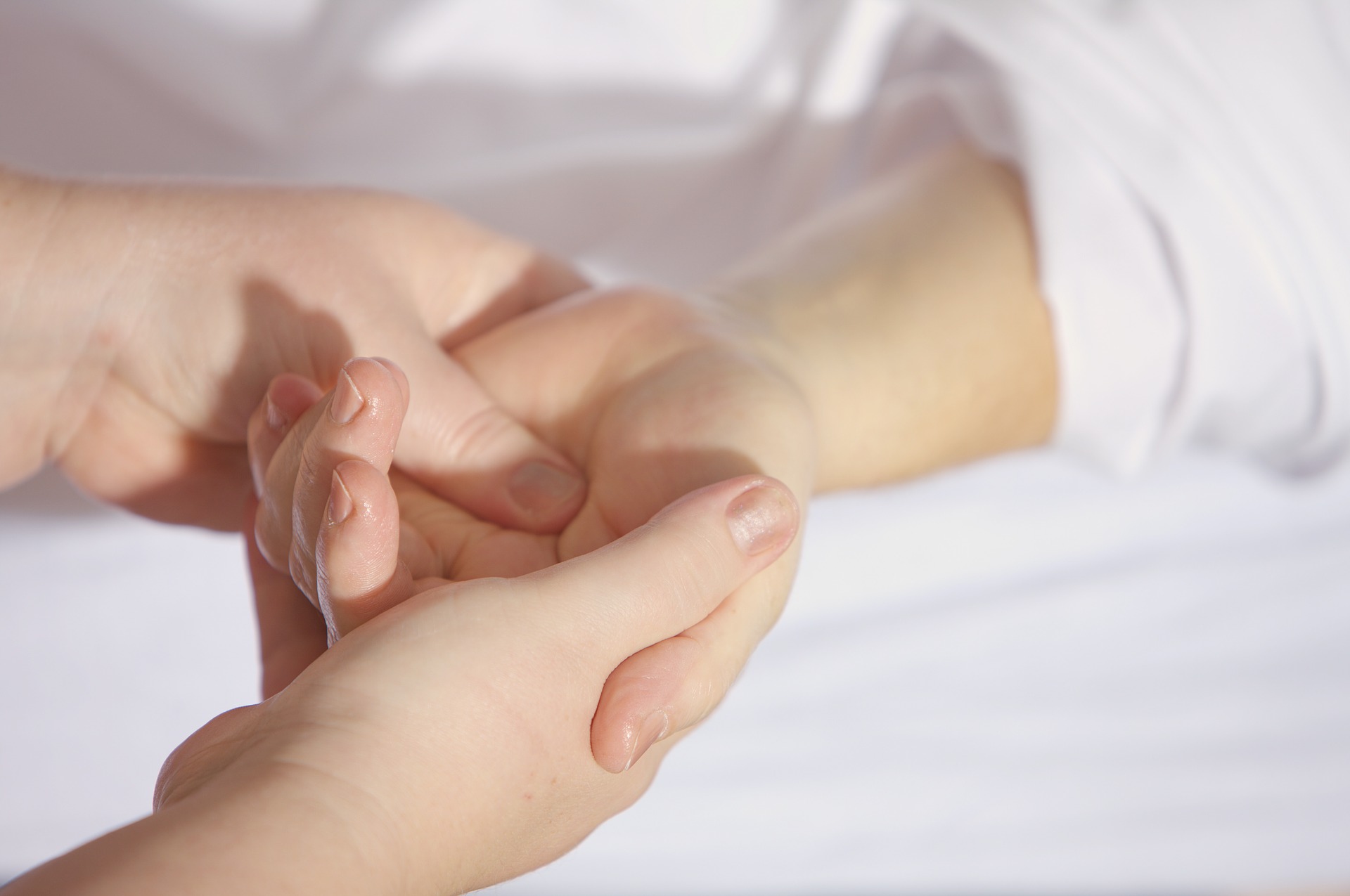This often unheard of disorder affects many people worldwide. The uncontrollable urge to pull out hair from the scalp, eyelids and eyebrows can leave patients with painful physical and emotional scarring. Most commonly, patients reject the thought of Trichotillomania treatment based on the associated shame that they are feeling and do not end up getting the proper help.
Trichotillomania is a trigger based disorder that is most commonly associated with depression and the burying of emotional or physical trauma. When these things are not properly addressed, the harmful emotional effects can manifest themselves in harmful and urge driven behaviors. Although there is no one-stop cure for sufferers at this point, there are many types of treatments that can be applied to help.
The most important aspect of any mental illness issue is communication and open dialog. Whether it is with a doctor, a family member or a trusted friend, talking to someone about your concerns is the most vital first step to a solution. Often we think that we are competent enough to handle things by ourselves, and the thought of confiding in someone else is unthinkable. Mental illness is not a solitary issue. Millions of people are affected in some way with issues of mental health, and if sought out, there is a lot of help out there to assist anyone.
Medications
Each patient has a completely individual situation making prescribing medications for Trichotillomania very difficult. Each person reacts and copes differently with various pharmaceuticals. In some cases, the use of tricyclic antidepressants and serotonin inhibitors have had limited success in patients. Although this is just a treatment for the urges and not a long-term solution to the causes it may give some immediate relief to patients while they investigate further treatment.
Cognitive Behavioural Therapy
This type of therapy can be adjusted to match each patient’s needs. It is a combination of psychotherapy and medications that aims to lead the patient to a place of calm understanding of the source of their disorder. Dealing with their thoughts, feelings, and behaviour often helps patients to develop long-term behavioural shifts.
Habit Reversal Training
This is a three-tier system that therapists find helpful with most Trichotillomania patients. In the first tier, they focus on Awareness training. Helping the patient to recognize triggers that can start the behaviours. The second tier is the Competing Response Training in which an alternate, non-harmful behaviour is adapted to resist responding to the triggers. For example, when feeling a trigger, instead of giving in to the urge to pull hair, you could ball your hands into your pockets. The final tier involves Social Support from family and friends who can become more educated and helpful to the patient when they are dealing with triggers.
Alternative Methods
If you are more interested in a non-medicinal or therapeutical avenue, there are a few holistic remedies that are known to ease the urges associated with this disorder.
- Aloe Vera – soothing and calming plant gel can be applied to the affected areas and reduce urges
- Camomile Tea – also reduces stress levels that are a common trigger
- Kava Kava – Pacific rim plant that can be chewed or taken in capsules that is said to calm urges and relieve stress











